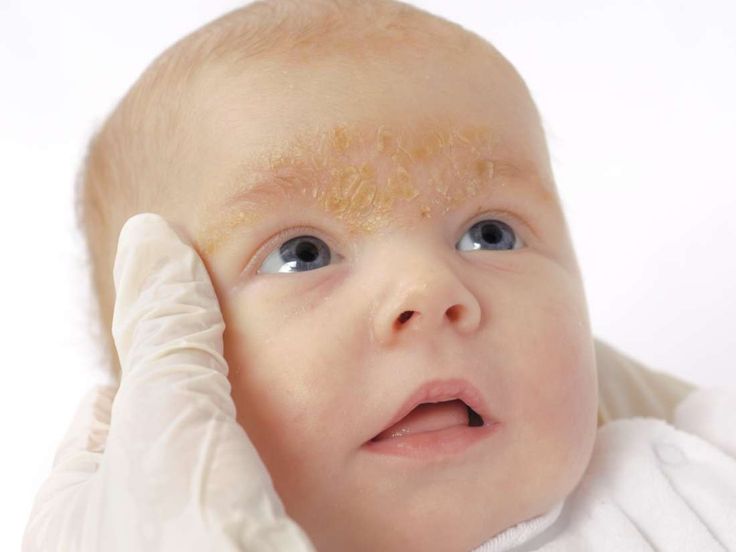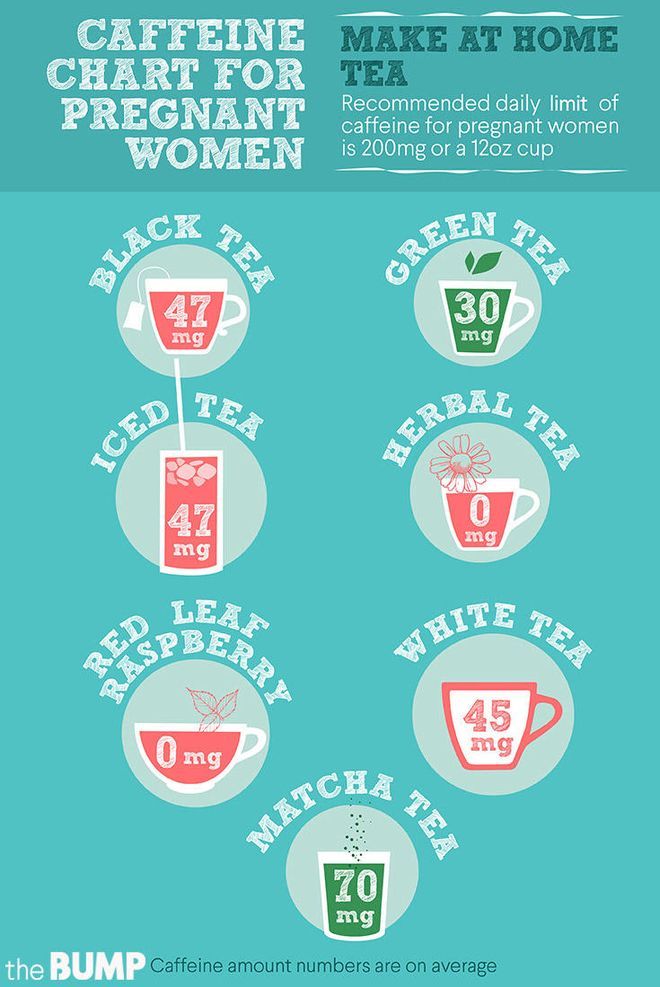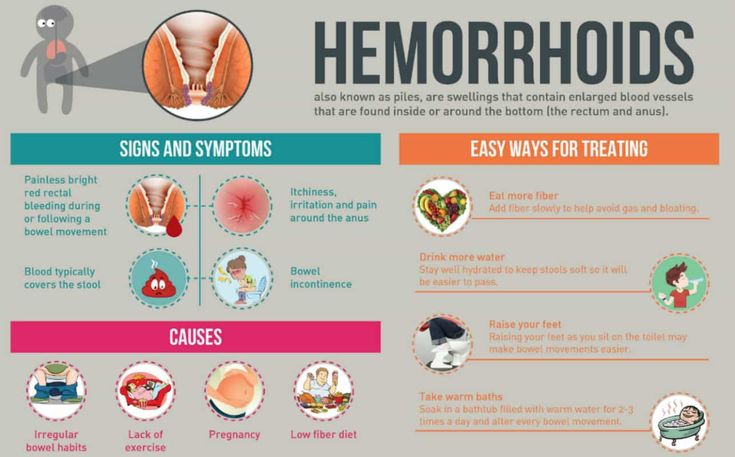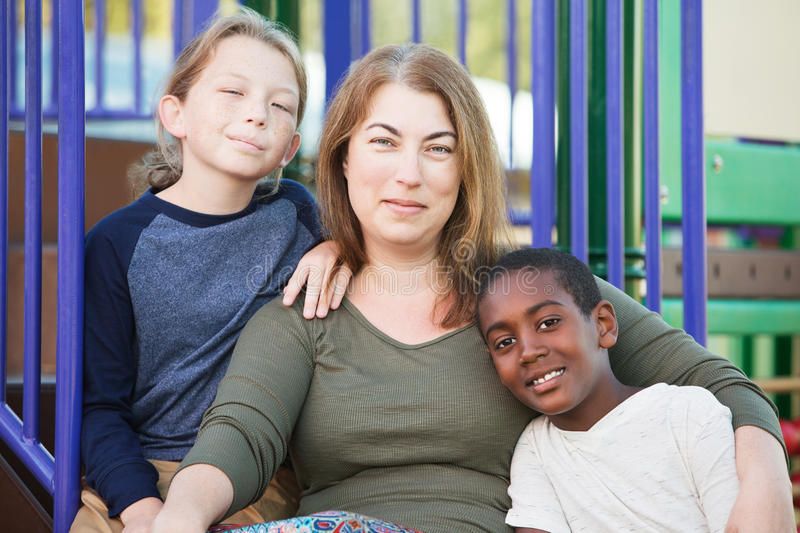Going out with newborn
When Can Newborns Go Outside? Safety and More
Hello, fresh air and sunshine! Exiting the hospital with your new baby can be a magical moment. Unfortunately, it may also leave you with a sense of panic as you realize that your little one is now entering into the real world.
You may have heard from a friend or family member that newborns shouldn’t be outside for the first couple of months of their lives. Is this true? Should you really keep your baby inside for the first 6 to 8 weeks after birth?
If your anxiety is rising just thinking about this, don’t worry!
We understand that being a new parent can be overwhelming, so we’ve gone through the research to help answer all your questions about taking your newborn out and about for the first time.
Most pediatric health experts agree that babies can head outside right away, as long as you use basic safety precautions. (More on those to come, so keep calm and read on!)
Generally speaking, there’s no need to stay inside with your little one for the first 1 or 2 months of baby’s life if you both feel up to getting out. In fact, some fresh air and sunshine can benefit you both, thanks to vitamin D and mood-boosting benefits.
One exception to keep in mind, though, is that some doctors prefer you wait a bit before taking your little one into crowded spaces where they may be exposed to high levels of germs — especially during COVID-19 surges.
It is true that your newborn’s immune system is still developing and may struggle to fight off infections.
There are precautions you can take, though — like hand washing and physical distancing — to minimize the chance of your little one developing an illness.
For most infants, taking typical safety precautions while outside is sufficient to keep them safe.
In rare cases where your child has a health condition that makes their immune system particularly susceptible to germs, your doctor may advise you to take extra precautions. These can include staying at home during periods of specific concern.
If you’re ready to take your little one outside, you’ll want to make sure to follow appropriate safety measures. These include:
These include:
Dress them in weather-appropriate clothing
Double-check baby’s outfit to make sure it’s weather appropriate. You’ll probably also want to have a spare outfit or blanket packed, in case of an emergency change or if extra layers are needed.
A general rule of thumb is to dress your baby for the weather and then add one extra layer. You’ll want to check to make sure they’re comfortable throughout the outing as well.
Have a sun-protection plan
A little sunshine can be nice, but baby skin burns easier, so you’ll want to make sure that it’s covered with clothing and a sun hat or hidden in the shade.
Because infants are at a greater risk of sunscreen side effects, the Food and Drug Administration (FDA) and the American Academy of Pediatrics recommend keeping infants in the shade and out of direct sunlight. However, in a pinch it may be OK to apply small amounts of sunscreen to exposed skin. Just consult with your pediatrician first if your baby is younger than 6 months old.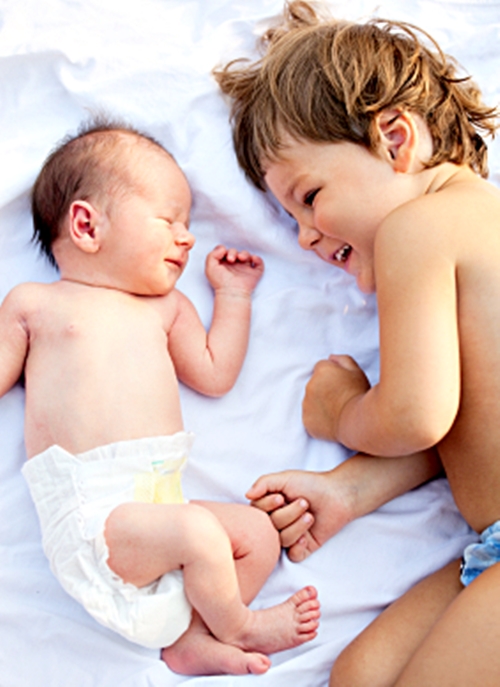
Avoid crowds
Crowded places like malls, airplanes, or pools mean that there’s more chances for germs to spread.
Especially in light of the COVID-19 pandemic, many experts encourage parents to avoid these places with their newborns.
If possible, it’s also best to avoid places like the grocery store and indoor restaurants where ventilation may be poor and you might have trouble physical distancing from other people.
Wash your hands — and make sure others do, too
Ensure that anyone who touches your baby has washed their hands. No one showing any symptoms of illness should come in contact with your newborn.
You may even wish to teach young siblings to touch only baby’s toes or back and not their hands or face. This may help reduce the risk of spreading germs.
Limit visitors
It might be hard to say no when well-meaning family and friends want to visit baby, but it’s good to limit who is allowed around your newborn.
Again, because of COVID-19, many experts are suggesting restricting visitors around you and your newborn until the pandemic improves.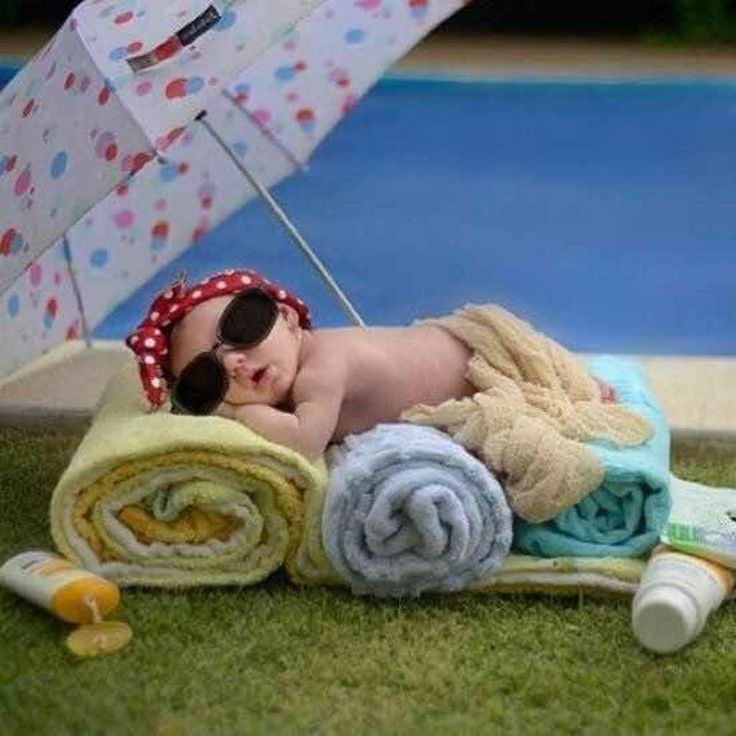
Use a baby carrier
Babies can be irresistible! But wearing baby in a baby carrier rather than using a stroller can keep your little one close and help prevent other people from touching (or kissing!) them.
There are some times when you’ll want to think twice before loading baby into their car seat or stroller. You may wish to stay inside your home if:
- Extreme weather conditions are occurring. Mail carriers may brave wind, snow, sleet, and hail, but your newborn should avoid extreme temperatures and being outside in bad air quality whenever possible.
- Your child has a medical condition. If your newborn has special medical needs that leave them particularly susceptible to germs, you’ll want to consult with their doctor before taking them out and about.
- It’s peak sunlight hours. The middle of the day can be an especially hard time to find shade and protect your baby’s skin. For this reason, you may wish to avoid excessive time outside when the sun is at its strongest.
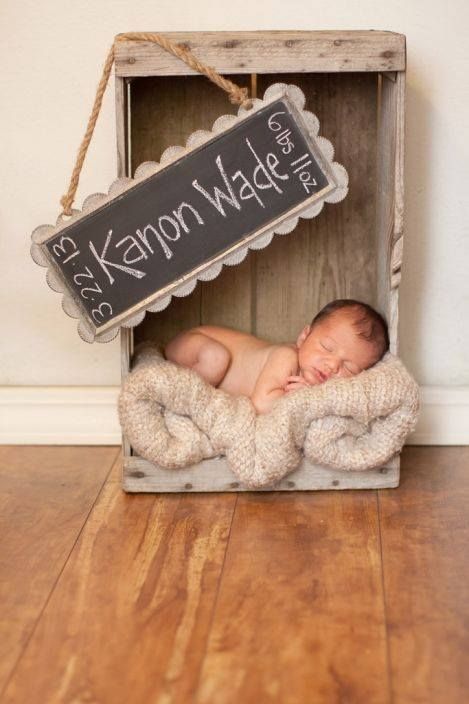
If you do need to go outside with baby for any reason, especially in warmer weather and for longer periods of time, be sure to bring plenty of breast milk or formula to keep them hydrated.
Most doctors agree that there’s no need to wait until your baby is 1 or 2 months old to take them out and about. However, you also shouldn’t feel pressure to do it before you’re ready.
Newborn babies can seem so delicate, you might want to put them inside a bubble of protection (or at least never let them see sunlight).
The truth is some sun protection, weather-appropriate clothing, and distance from crowds will probably be enough to keep them safe.
If you have any questions about taking your newborn outside or if your infant has special medical circumstances to consider, you should never hesitate to speak with your child’s pediatrician.
When Can Newborns Go Outside? Safety and More
Hello, fresh air and sunshine! Exiting the hospital with your new baby can be a magical moment. Unfortunately, it may also leave you with a sense of panic as you realize that your little one is now entering into the real world.
Unfortunately, it may also leave you with a sense of panic as you realize that your little one is now entering into the real world.
You may have heard from a friend or family member that newborns shouldn’t be outside for the first couple of months of their lives. Is this true? Should you really keep your baby inside for the first 6 to 8 weeks after birth?
If your anxiety is rising just thinking about this, don’t worry!
We understand that being a new parent can be overwhelming, so we’ve gone through the research to help answer all your questions about taking your newborn out and about for the first time.
Most pediatric health experts agree that babies can head outside right away, as long as you use basic safety precautions. (More on those to come, so keep calm and read on!)
Generally speaking, there’s no need to stay inside with your little one for the first 1 or 2 months of baby’s life if you both feel up to getting out. In fact, some fresh air and sunshine can benefit you both, thanks to vitamin D and mood-boosting benefits.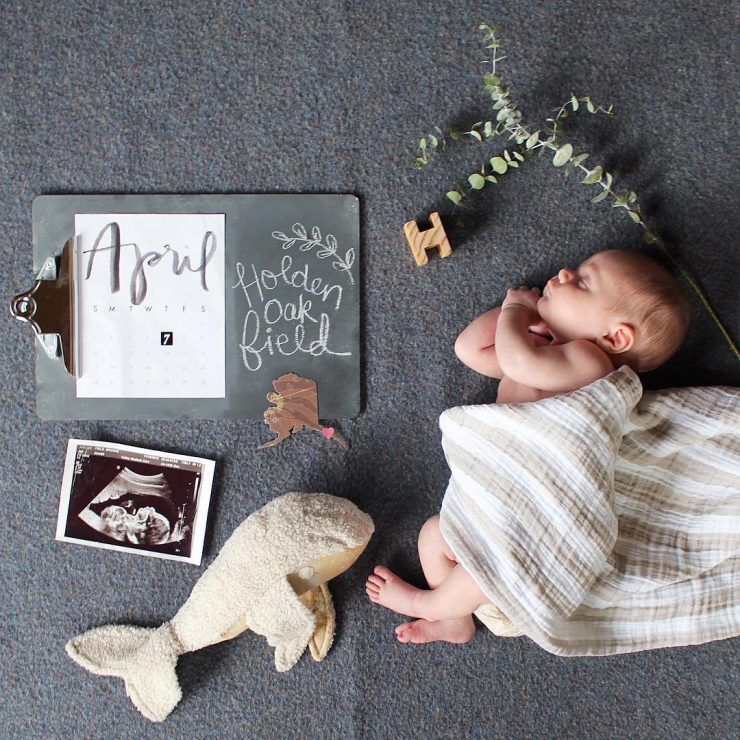
One exception to keep in mind, though, is that some doctors prefer you wait a bit before taking your little one into crowded spaces where they may be exposed to high levels of germs — especially during COVID-19 surges.
It is true that your newborn’s immune system is still developing and may struggle to fight off infections.
There are precautions you can take, though — like hand washing and physical distancing — to minimize the chance of your little one developing an illness.
For most infants, taking typical safety precautions while outside is sufficient to keep them safe.
In rare cases where your child has a health condition that makes their immune system particularly susceptible to germs, your doctor may advise you to take extra precautions. These can include staying at home during periods of specific concern.
If you’re ready to take your little one outside, you’ll want to make sure to follow appropriate safety measures. These include:
Dress them in weather-appropriate clothing
Double-check baby’s outfit to make sure it’s weather appropriate.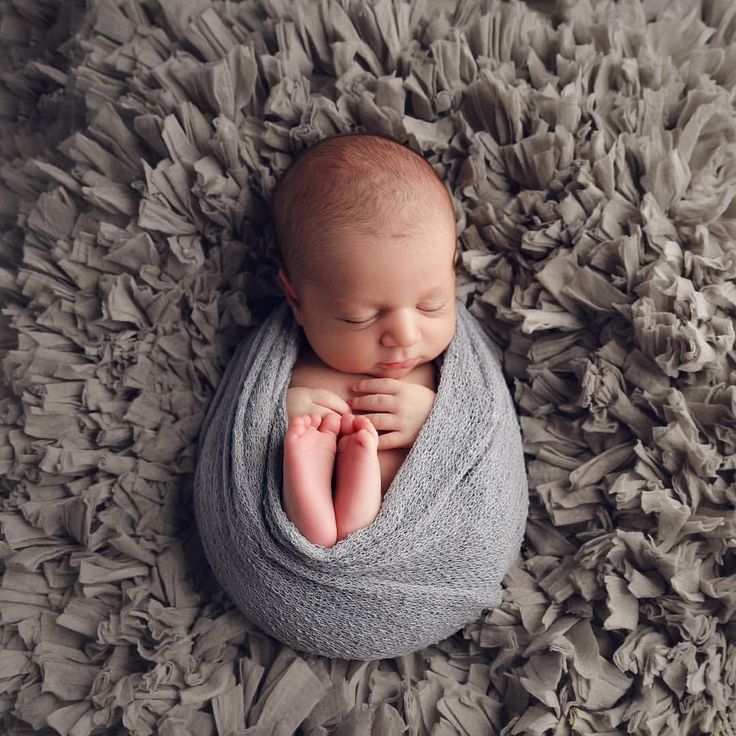 You’ll probably also want to have a spare outfit or blanket packed, in case of an emergency change or if extra layers are needed.
You’ll probably also want to have a spare outfit or blanket packed, in case of an emergency change or if extra layers are needed.
A general rule of thumb is to dress your baby for the weather and then add one extra layer. You’ll want to check to make sure they’re comfortable throughout the outing as well.
Have a sun-protection plan
A little sunshine can be nice, but baby skin burns easier, so you’ll want to make sure that it’s covered with clothing and a sun hat or hidden in the shade.
Because infants are at a greater risk of sunscreen side effects, the Food and Drug Administration (FDA) and the American Academy of Pediatrics recommend keeping infants in the shade and out of direct sunlight. However, in a pinch it may be OK to apply small amounts of sunscreen to exposed skin. Just consult with your pediatrician first if your baby is younger than 6 months old.
Avoid crowds
Crowded places like malls, airplanes, or pools mean that there’s more chances for germs to spread.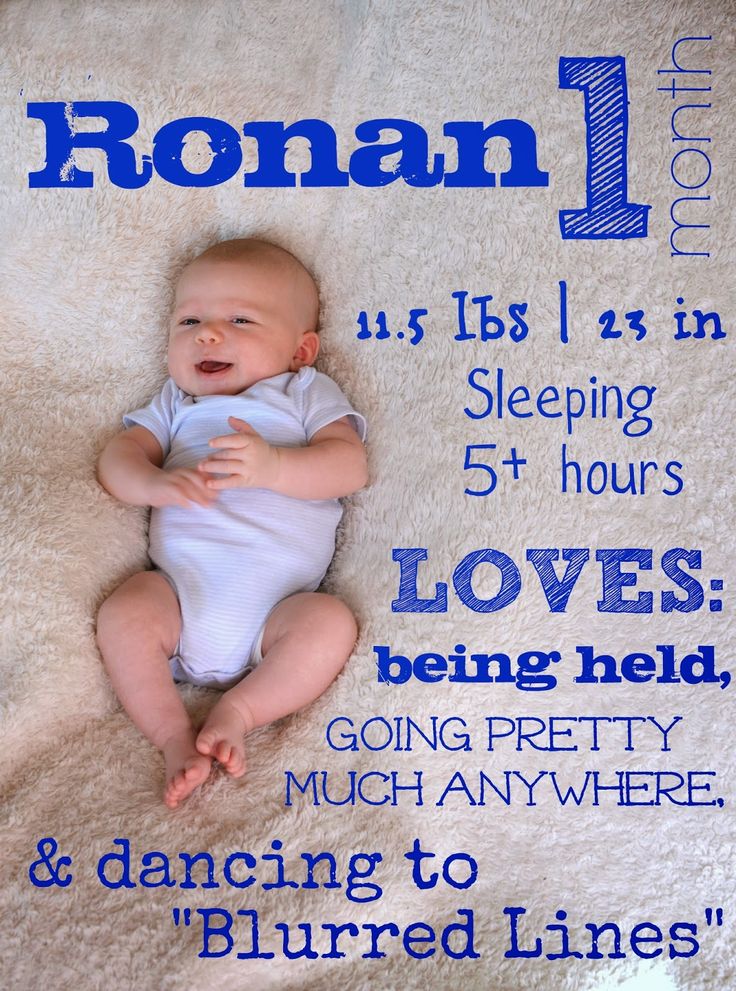
Especially in light of the COVID-19 pandemic, many experts encourage parents to avoid these places with their newborns.
If possible, it’s also best to avoid places like the grocery store and indoor restaurants where ventilation may be poor and you might have trouble physical distancing from other people.
Wash your hands — and make sure others do, too
Ensure that anyone who touches your baby has washed their hands. No one showing any symptoms of illness should come in contact with your newborn.
You may even wish to teach young siblings to touch only baby’s toes or back and not their hands or face. This may help reduce the risk of spreading germs.
Limit visitors
It might be hard to say no when well-meaning family and friends want to visit baby, but it’s good to limit who is allowed around your newborn.
Again, because of COVID-19, many experts are suggesting restricting visitors around you and your newborn until the pandemic improves.
Use a baby carrier
Babies can be irresistible! But wearing baby in a baby carrier rather than using a stroller can keep your little one close and help prevent other people from touching (or kissing!) them.
There are some times when you’ll want to think twice before loading baby into their car seat or stroller. You may wish to stay inside your home if:
- Extreme weather conditions are occurring. Mail carriers may brave wind, snow, sleet, and hail, but your newborn should avoid extreme temperatures and being outside in bad air quality whenever possible.
- Your child has a medical condition. If your newborn has special medical needs that leave them particularly susceptible to germs, you’ll want to consult with their doctor before taking them out and about.
- It’s peak sunlight hours. The middle of the day can be an especially hard time to find shade and protect your baby’s skin. For this reason, you may wish to avoid excessive time outside when the sun is at its strongest.
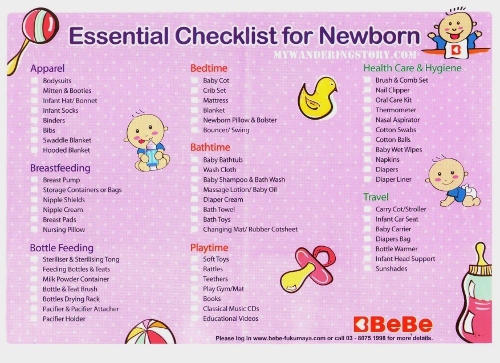
If you do need to go outside with baby for any reason, especially in warmer weather and for longer periods of time, be sure to bring plenty of breast milk or formula to keep them hydrated.
Most doctors agree that there’s no need to wait until your baby is 1 or 2 months old to take them out and about. However, you also shouldn’t feel pressure to do it before you’re ready.
Newborn babies can seem so delicate, you might want to put them inside a bubble of protection (or at least never let them see sunlight).
The truth is some sun protection, weather-appropriate clothing, and distance from crowds will probably be enough to keep them safe.
If you have any questions about taking your newborn outside or if your infant has special medical circumstances to consider, you should never hesitate to speak with your child’s pediatrician.
How to walk with a newborn in winter
Features of thermoregulation in a newborn
Thermoregulation is the ability of the body to maintain a constant normal temperature.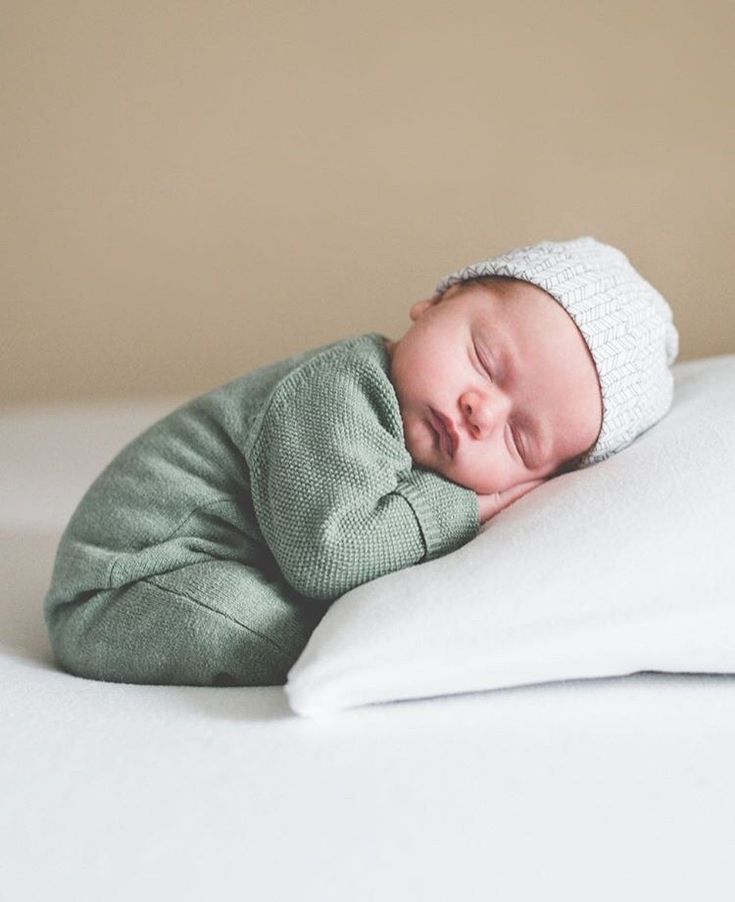 In newborns, this process becomes stable towards the end of the first year of life, and in the first months it works differently than in adults.
In newborns, this process becomes stable towards the end of the first year of life, and in the first months it works differently than in adults.
In babies, unlike adults, everything goes faster. This applies to blood flow, and digestion, and metabolism.
Because of this acceleration, the baby's body cannot maintain a constant temperature on its own and is guided by environmental indicators. Therefore, babies often overheat.
It is difficult for a small child to cope with an increase in temperature, so special attention must be paid to clothing. The baby should be comfortable.
What to wear for a newborn on the street in winter
In winter, it is better to follow a few simple rules when choosing clothes for a baby for a walk.
- Layered. Ideally, three layers of clothing, of which the underwear (bonnet, diaper, sliders and undershirt) will be the lightest, and the last - a warm hat, mittens, overalls or an envelope - the warmest and always dense.
 The second layer is overalls, fleece or woolen suits, be guided by temperature and precipitation.
The second layer is overalls, fleece or woolen suits, be guided by temperature and precipitation. - Convenience. All clothing, from socks to envelope, must be true to size. You can’t let it be too loose, gather in folds, crush or sting somewhere. Pay attention to the seams of the first layer - they should not be internal, because they can easily rub the baby's delicate skin.
- The right materials. It is better if the fabrics of the first and second layers are natural. Linen, cotton, wool perfectly pass air and moisture, do not allow the baby to sweat or freeze. It is better to choose a jumpsuit with a membrane, dense and with good insulation. All materials must be "breathable" - it is also dangerous for a child to overheat in winter, as in summer.
- Open face. The baby does not need a scarf and a scarf, they will interfere with breathing. Condensation will appear on the skin, and this is harmful to the child.
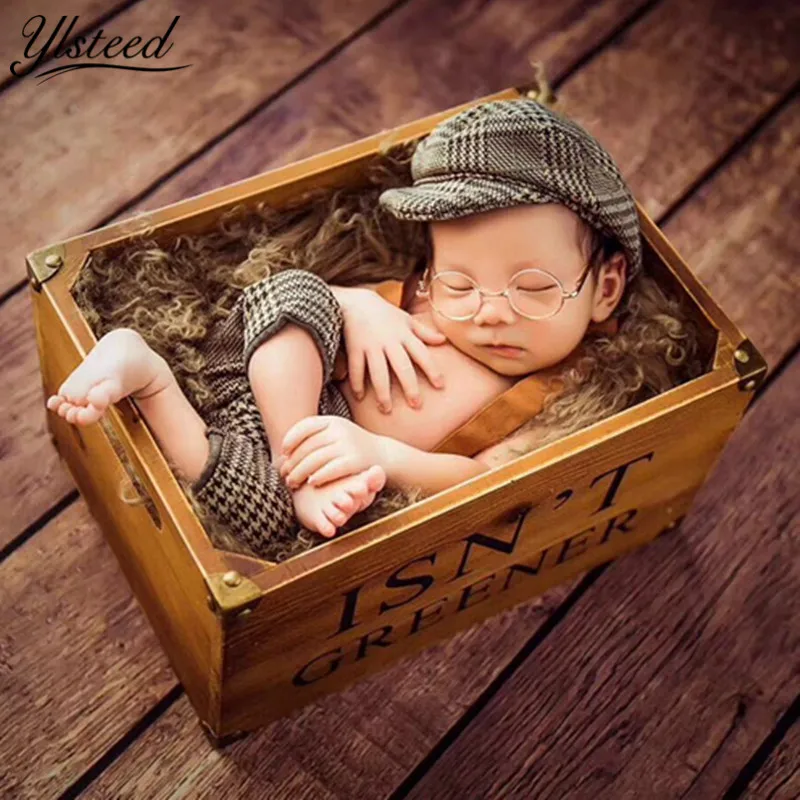
If you want to protect your baby's skin from wind and frost,
Use Cold Cream Nourishing Stick.
Designed by specifically to protect the cheeks, lips and other exposed areas of the body during the cold season.
Does not contain the water of , which means it can be applied outdoors.
How long to walk with a newborn in winter
If the baby was born in winter, the first walk with the newborn should be postponed. It is better to go outside a week after discharge from the hospital. This time is enough for his body to adapt to new conditions.
For the first walk, it is better to choose moderately frosty weather, without wind and precipitation. It is desirable that the temperature outside was not lower than -5 degrees.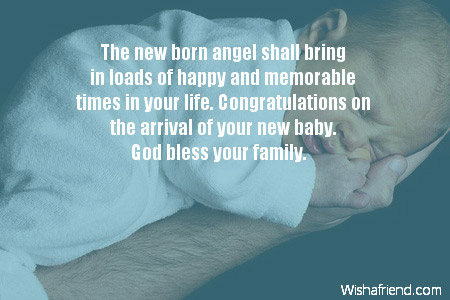
Walk no longer than 15 minutes on the first days. Gradually increase the time to 1.5-2 hours. But keep an eye on the feeding regimen of the child - in winter it will not work on the street.
The ideal walking regimen is twice a day, it is best to do this during daytime sleep. But how much to walk with the baby is up to you. Rely on your own feelings and the well-being of the child: if there is a strong wind or slush outside, it may be better to skip the walk.
Rules for walking with a newborn in winter
Here are some useful tips to help make winter walks enjoyable:
- Walk immediately after feeding;
- Going for a walk with a child under one year old, choose a comfortable walking pace so as not to get too tired;
- Dress yourself first, then dress the child;
- When walking, do not go to shops, cafes and shopping centers - the child needs fresh air, walking in enclosed spaces is meaningless;
- A child under one year old needs a warm comfortable stroller in winter;
- If the weather is bad or too cold (below -15), stop walking.
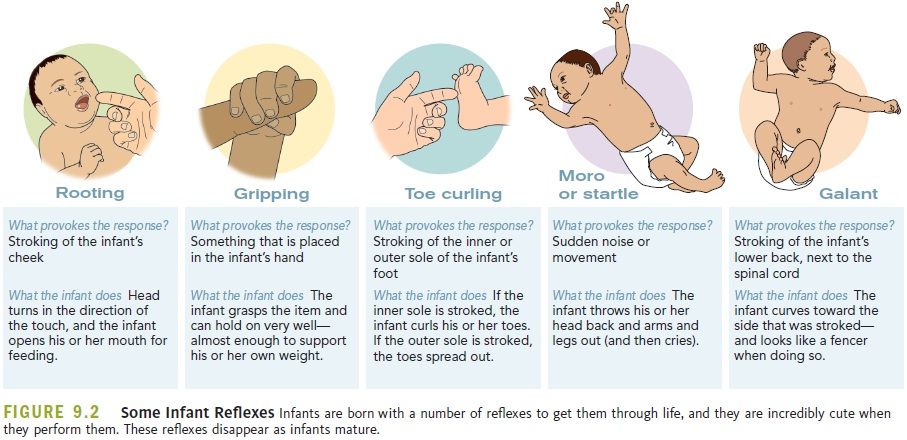 An alternative is to place the stroller on a covered, well-ventilated balcony;
An alternative is to place the stroller on a covered, well-ventilated balcony; - For walks with a child, it is better to choose places near the house.
What is the result
Walking in the fresh frosty air is good for you and for the child. This is the easiest way to start hardening a newborn and strengthen his immunity in the first months of life.
If you follow these simple rules, walking with a baby will quickly turn from a difficult necessity into a pleasant pastime.
How to walk with a newborn in winter, how much time and how to dress a baby for a winter walk
Surrounding the baby with daily care and love, we change our plans and daily routine. One of the regimen aspects is walks.
How to walk with a newborn in winter? How many times a day? What to dress the child in? Is it possible not to leave the house at all if it is cold outside or the baby is in a bad mood?
Let's start with heat transfer
The physiological processes involved in maintaining the optimal body temperature of a newborn baby immediately after birth are not perfect.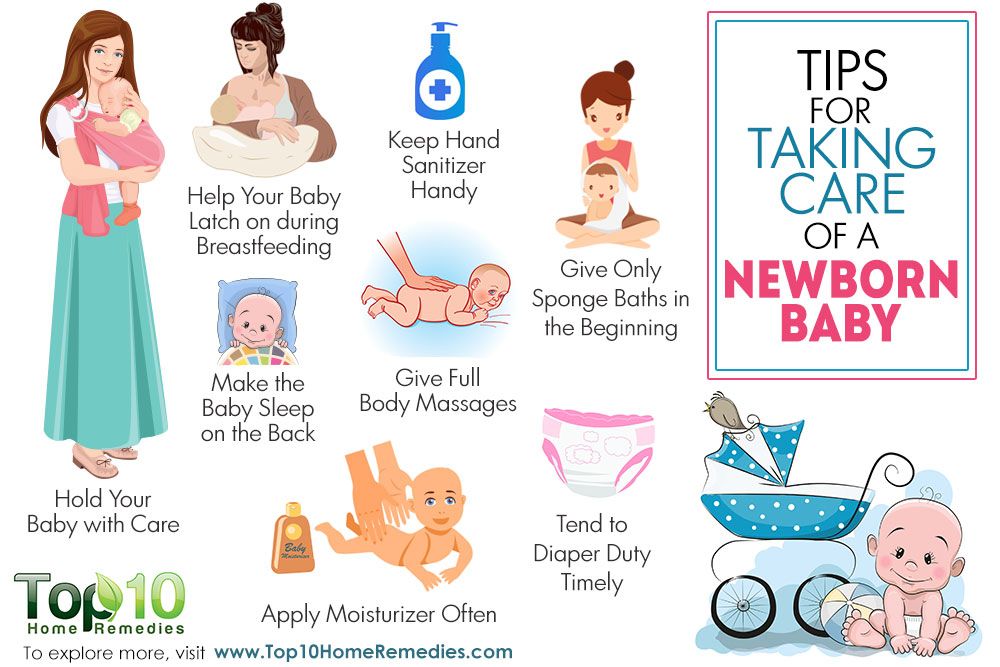 In a full-term baby, after birth, the temperature decreases by about 1.5–2.0 ° C, and then rises again to 37 ° C. Such a temperature difference is considered normal during the first days of life and is called transient hypothermia of newborns.
In a full-term baby, after birth, the temperature decreases by about 1.5–2.0 ° C, and then rises again to 37 ° C. Such a temperature difference is considered normal during the first days of life and is called transient hypothermia of newborns.
In immature, premature babies, the temperature most often drops below, and therefore, immediately after birth, they are placed under additional sources of heat, in incubators, until the processes of thermoregulation improve.
Also, the features of heat transfer in a newborn are: a tendency to hypothermia due to insufficient development of the subcutaneous fat layer, a tendency to overheat due to limited sweating and imperfection of thermoregulation mechanisms.
After the 5th day, body temperature remains very sensitive to fluctuations in ambient temperature. Body temperature changes slightly when feeding children, when swaddling, bathing and walking. If the baby is cold, supercooled, then the fastest way to warm him up is to ensure close bodily contact with his mother and attach to his chest.
The process of heat transfer and thermoregulation returns to normal only after 1 year, and sometimes after 1 year and 6 months. Therefore, the room may be warm, but your baby's hands and feet may still be cool and damp. This is not out of the norm. And if you are worried about the baby, then you can additionally put on warm socks made of natural materials - cotton, wool.
Considering the process of heat transfer, it is worth paying attention to the fact that overheating a child is no less dangerous than hypothermia. Many parents, fearing hypothermia of the child, begin to wrap it up unnecessarily and thereby increase the risk of developing dehydration, which can lead to heat stroke or malfunction of the central nervous system, heart, and breathing.
When going for a walk with a baby, one should try to follow the rules and maintain an optimal temperature regime.
How and how long can you walk with a newborn in winter
A lot of conflicting information about walking can be a source of stress for new parents.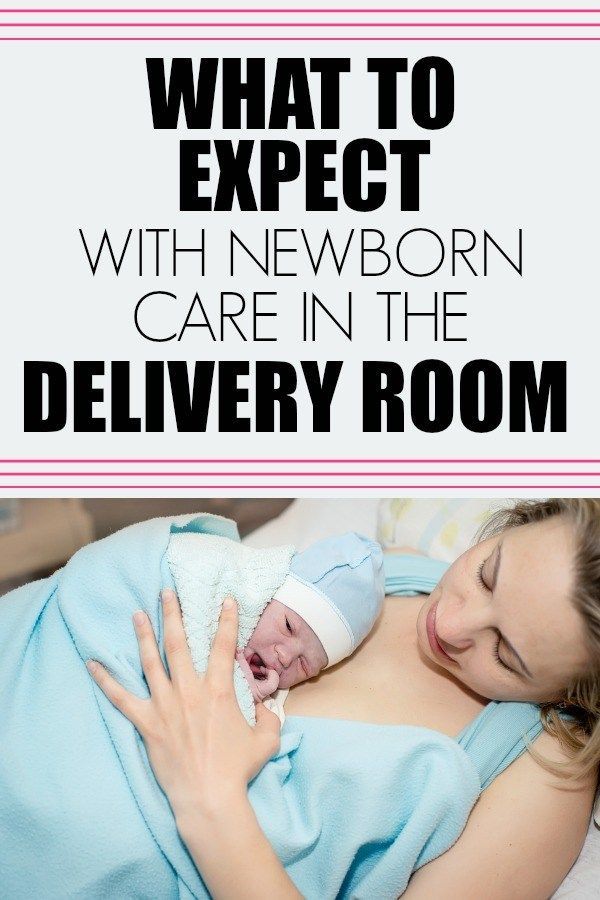 In fact, you can walk with a baby at any air temperature, but there are subjective numbers of temperature and humidity at which a walk should be canceled.
In fact, you can walk with a baby at any air temperature, but there are subjective numbers of temperature and humidity at which a walk should be canceled.
Main rules:
1. Each parent is guided by himself when he is going to walk. For example, on the street it is pouring rain or a crackling 30-degree frost. It is not necessary to go for a walk with a child in such weather. It is better to enjoy the warmth and comfort of home.
2. If you are cold or tired from walking, then go home. Even if we walked for 20 minutes instead of the planned 2 hours. A child needs healthy and happy parents.
3. Pediatricians recommend starting to go outside with a child from the 3rd-10th day of his life. For the first time, you should walk for 10-15 minutes. Usually the first walk is a solemn discharge from the hospital.
4. In winter, with a child of the 1st month of life, it is recommended to start walking if the air temperature is not lower than minus 10 ° C.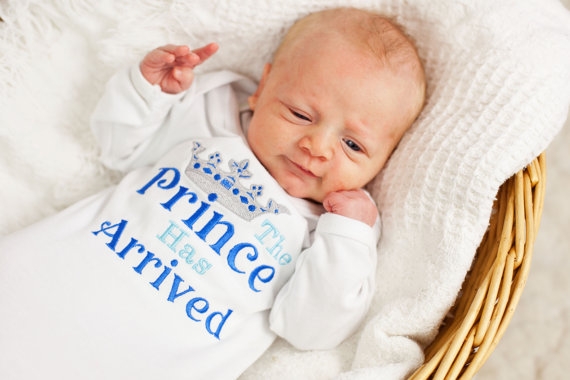 You can use the rule of pediatricians: for each month of a child's life - minus 5 degrees, but not lower than 15 degrees for any baby.
You can use the rule of pediatricians: for each month of a child's life - minus 5 degrees, but not lower than 15 degrees for any baby.
5. When planning the duration of the walk, you should focus on the breaks between feeding the baby.
6. For winter walks with your baby, do not forget about skin protection products. Use only high-quality baby creams and apply them to the baby's skin 15-20 minutes before leaving the house.
7. Always dress yourself first, then the child. The baby may overheat while waiting for you to be ready. Gather everything you need with you in advance - a diaper change, toys, a snack.
The benefits of walking for a child in winter
Walking for a baby and a baby over a year old in winter is not only physical health, but also the development of cognitive interest, communication skills and physical activity.
Winter air is more saturated with oxygen, therefore, thanks to winter walks, brain function is stimulated, physical activity of the baby increases and his sleep improves.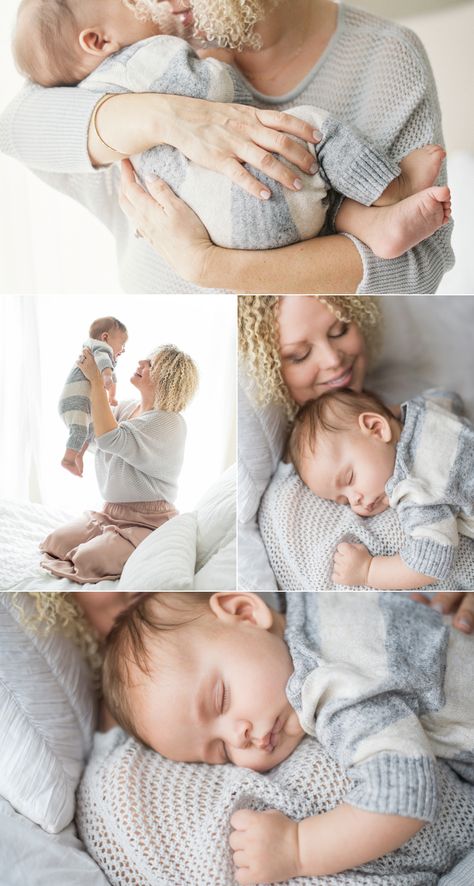 Also, walking in the fresh air helps to increase appetite and better functioning of the respiratory system. Walking in any weather, and especially in the winter season, is the simplest and easiest way to harden a baby, which has a beneficial effect on his health.
Also, walking in the fresh air helps to increase appetite and better functioning of the respiratory system. Walking in any weather, and especially in the winter season, is the simplest and easiest way to harden a baby, which has a beneficial effect on his health.
Fresh air and sunlight can be fully obtained only on the street, do not forget about walking in the cold season to maintain normal vitamin D and phosphorus-calcium metabolism in the body. This is true for different regions, even for those where, according to statistics, there are few sunny days in winter.
How to dress a newborn outside in winter
When dressing a child for a walk, be guided by your feelings - dress the baby in the way that seems comfortable to you personally.
Babies under 1 year old should wear one more layer of clothing than themselves. Children of this age on the street sleep more often than they are awake, so it is better to dress the baby a little warmer.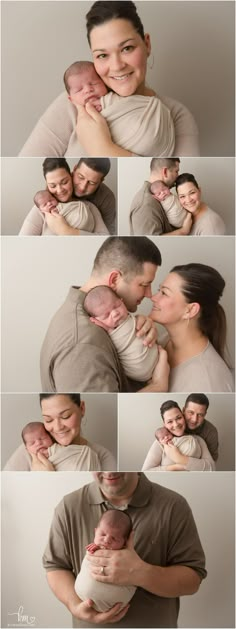 If your child is already making attempts to explore the world around him while walking, then choose clothes that will allow him to actively move. Take an extra blanket in case the child decides to sleep in the frosty air.
If your child is already making attempts to explore the world around him while walking, then choose clothes that will allow him to actively move. Take an extra blanket in case the child decides to sleep in the frosty air.
Walking for a long time, check if you have dressed the baby too warmly. The palms and nose of a child under 1 year of age are not very informative in determining whether the baby is warm. It is better to check the child's neck and the back of the head with your warm hand. If the neck and back of the head are wet, then the baby is hot.
Comfort during winter walks is provided by a good stroller with large wheels, which can easily overcome any bumps and snowdrifts.
How long to walk with a child older than 1 year in the cold season?
With a baby over the age of 1 year, the duration of walks will depend on the daily routine and the time of the walk.
If the walk is planned for the time of the daytime sleep of the baby, then it is better to dress him a little warmer.



